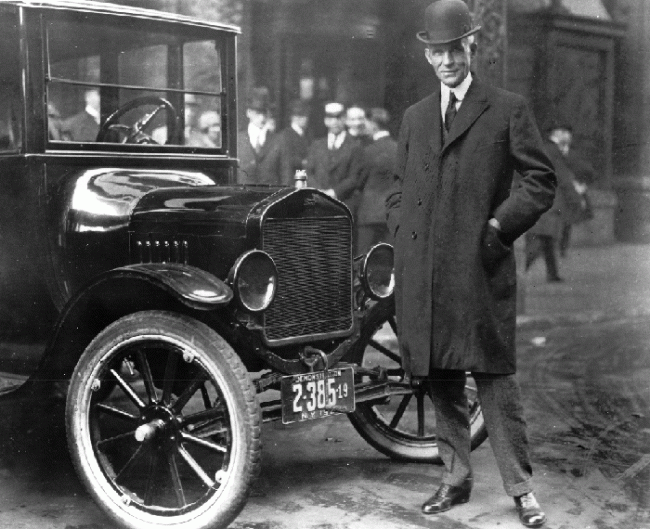It’s been a while since I’ve been drawn to revisit the blog. A lot has happened in the past 20 months and there’s been a lot of learning to do. If you’d told me I’d be working with people with dementia 3 days a week I would have given you one of those looks my Mum reserved for special occasions, such as the time I said I was leaving home aged 12.
I quickly found that the very word dementia had a fear factor attached to it that had most of my friends adopting the ‘well thats nice’ now lets move on when I told them about my new job. To be honest it had a fear factor for me at the start. My only experience was based on my Grandmother a strict Victorian lady who started acting strangely when she was nearly 98. At the time it was put down to old age and the fact she’d always made life as difficult as possible for those around her. My other experience was as a 19 year old volunteer at Friern Hospital in North London. One of the last great asylums I witnessed people sitting aimlessly in wards with high ceilings and peeling paint who were termed geriatrics. Fast forward almost 40 years and I now realise a great number of them had dementia.
So how do you react when you’re put in charge of 14 people with dementia and you’ve had precious little training? I’d be lying if I didn’t say it was a daunting experience at first. I did though quickly learn the solution, just be yourself. In my case a cheeky Londoner with a love of all things sport and music with a great interest in social history. I soon found out that was a recipe for success. Knowledge of various obscure parts of North London came in very handy and promoted plenty of chat I even found a number of new friends who’d also been born in the Salvation Army Hospital in Mare Street Hackney. For more reasons than I have space to discuss Dementia care appears to be one of the least diverse professions on the planet. That meant the arrival of another man particularly one who had a story to tell about virtually every London football club was welcomed by the gentlemen with open arms. A lifetime supporting Arsenal quickly got me a ribbing from my new Spurs supporting friends one of which made my day by saying:- ‘You know the funny thing Pete. 20 years ago we would have been beating hell out of each other!’
It quickly became apparent to me that while I’d entered into Dementia world the last thing we did was mention the D word because we were too busy having a good time. Don’t get me wrong Dementia can be a horrible condition which pushes the endurance of carers and families to the limit but the last thing anyone needs is dwelling on the fact when there is still life to be lived. Working with my new friends has certainly demonstrated the importance of taking every day as it comes. It also taught me how valuable their stories of past events still are. I’ve learned more about the day the Second World War broke out than from a 100 text books.
I’ve received a lot of training over 20 months I’m more aware of some of the technical aspects of an extremely complex condition. It’s been useful to help me to understand a little about whats going on but when it comes down to it hasn’t changed my initial belief that the route to success lies in treating people like people. Nobody is perfect we all have our own flaws and whatever our problems are as one of my new friends said, ‘we’re all in the same boat.’










